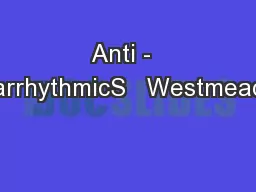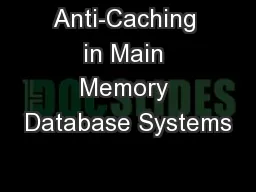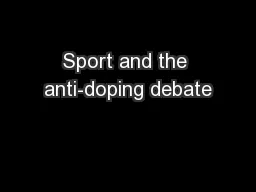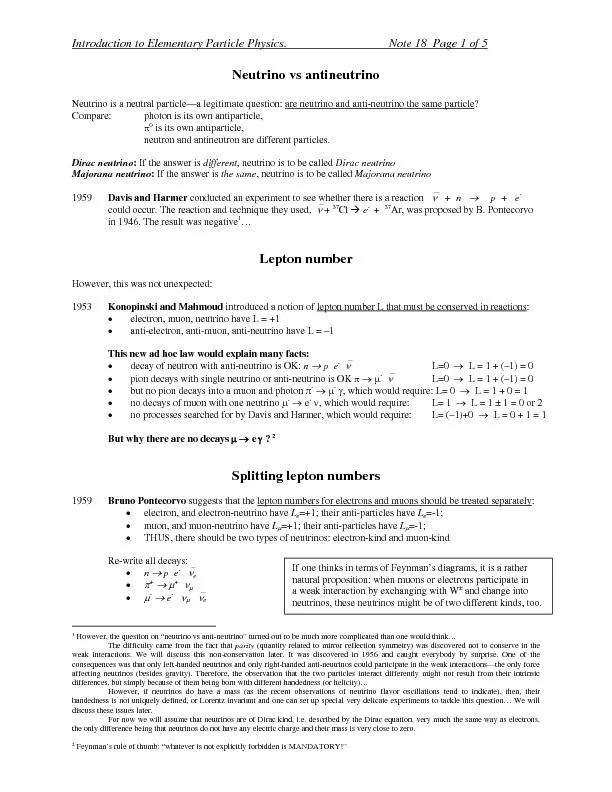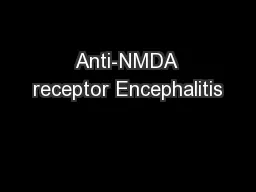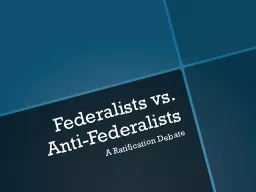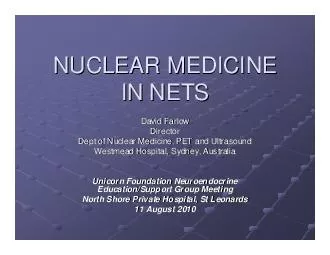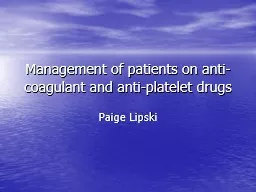PPT-Anti - arrhythmicS Westmead
Author : faustina-dinatale | Published Date : 2018-09-17
Primary Teaching 2015 viva Draw and label the membrane potential of normal pacemaker tissue 2015 viva What mechanisms can tachyarrythmias be generated Physiology
Presentation Embed Code
Download Presentation
Download Presentation The PPT/PDF document "Anti - arrhythmicS Westmead" is the property of its rightful owner. Permission is granted to download and print the materials on this website for personal, non-commercial use only, and to display it on your personal computer provided you do not modify the materials and that you retain all copyright notices contained in the materials. By downloading content from our website, you accept the terms of this agreement.
Anti - arrhythmicS Westmead: Transcript
Download Rules Of Document
"Anti - arrhythmicS Westmead"The content belongs to its owner. You may download and print it for personal use, without modification, and keep all copyright notices. By downloading, you agree to these terms.
Related Documents

